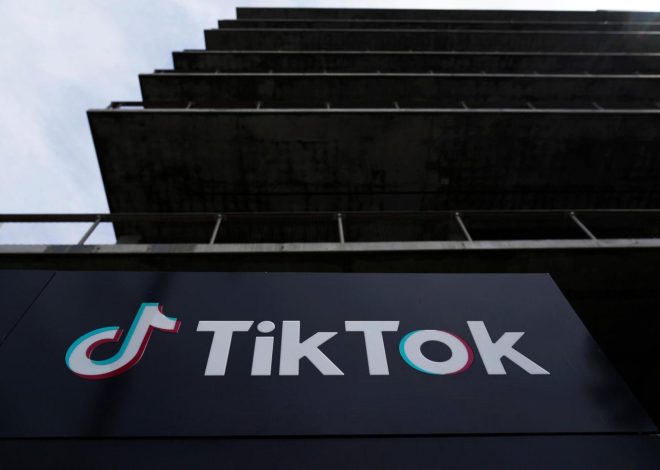
Opinion: Minimum wage hikes are driving surge in youth unemployment
Since mid-2023, California’s labor market has grown by roughly 20,000 jobs per month. Despite this, the state’s unemployment rate remains above 5%, seasonally adjusted, one of the highest rates in the nation, making California one of four states that has seen its unemployment rise by more than a full percentage point since 2022.
This contrasts sharply with other measures of the state’s economy. California’s economy has been expanding at a healthy pace, outpacing the national average, with real output up 3% over the past year. The rise in unemployment doesn’t appear linked to weakness in any specific sector, such as tech or the motion picture industry. Initial unemployment claims, a strong indicator of layoffs, remain at their pre-pandemic level of just over 40,000 per week. And there is still plenty of demand for labor, according to data from the Bureau of Labor Statistics. The job openings rate has cooled from where it was two years ago but remains higher than at any time prior to the pandemic.
A deeper dive into the U.S. Census Current Population Survey data clearly reveals what is happening: The incongruous increase in California’s unemployment rate is primarily a young person phenomenon. Of the 130,000 newly unemployed people in the state, 90% are under the age of 25. Hardest hit are workers still in their teens. The unemployment rate for workers aged 16 to 19 has gone from 14.5% last year to 22.9% this year. And this isn’t due to a general slowdown in the state economy. After all, the unemployment rate for workers aged 25 and up has fallen over the same period.
Why are young people struggling to find employment? Look no further than the ongoing hikes in California’s minimum wage, now standing at $16 per hour. Economists have long stressed that rising labor costs will prompt employers to invest in labor-saving technologies to cut expenses, but there is an additional, more subtle, effect. Employers who might have used lower-skilled, entry level labor (such as teenagers) will move toward using older, longer-term workers. The idea is that if employers must pay a higher wage by law, they will naturally hire more experienced, productive workers to justify the higher labor costs.
California has also enacted a special carve out for fast-food restaurants — an industry that has historically given many teens their first work experience — setting the minimum wage at $20 per hour. In 2022, one-fifth of California workers under age 25 were employed in this industry. In short, the state’s minimum wage has negative consequences for young workers overall, but the special carve out has intensified the situation sharply — it’s little wonder we have seen such a stark increase in youth unemployment over the last year.
The impact of these job losses cannot be underestimated. It isn’t just that earning extra income is now harder for teens — for themselves, for their family or to save for higher education. Analysts and advocates widely agree that work experience has a significant impact on the long-run success of a young person, as documented in a 2023 report by the U.S. Senate. Denying young people job opportunities today creates long-lasting harm.
Related Articles
Walnut Creek’s police are the highest paid city employees. Their unions just secured another raise.
Amazon boosts warehouse worker pay by $1.50 to $22 hourly
East Bay Georgia-Pacific union workers vow to stay on strike until a fair contract comes their way
East Bay Georgia-Pacific union workers on strike for second day over pay negotiations
Study: Americans’ pay hasn’t fully recovered from inflation. Will it ever?
In today’s partisan environment, essential debate and objective consideration of all potential outcomes are being lost in policymaking; many folks simply attempt to silence anyone who disagrees with their assessment. This has been the case with the minimum wage “debate” in California.
The emerging evidence strongly suggests that the state’s minimum wage is negatively impacting some of our most vulnerable citizens — younger workers who need both income and valuable work experience. This is particularly relevant given the $18 minimum wage proposal on this November’s ballot (with some interest groups already discussing a $20 wage floor). Until we address the minimum wage debate in an open way, we should halt any additional hikes and avoid doing more irreparable damage to the lives of our state’s youth.
Christopher Thornberg is founding partner and Niree Kodaverdian is research manager at Beacon Economics, an independent, nonpartisan research firm.


